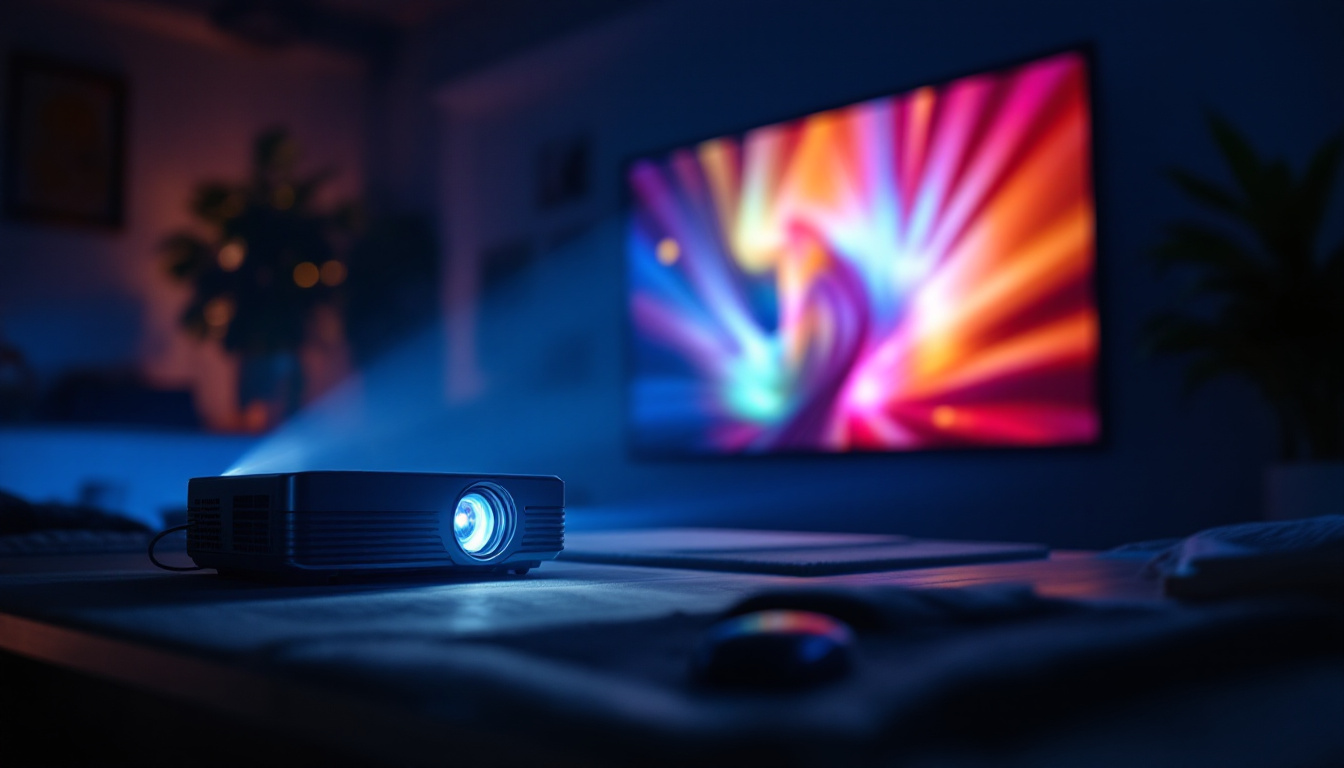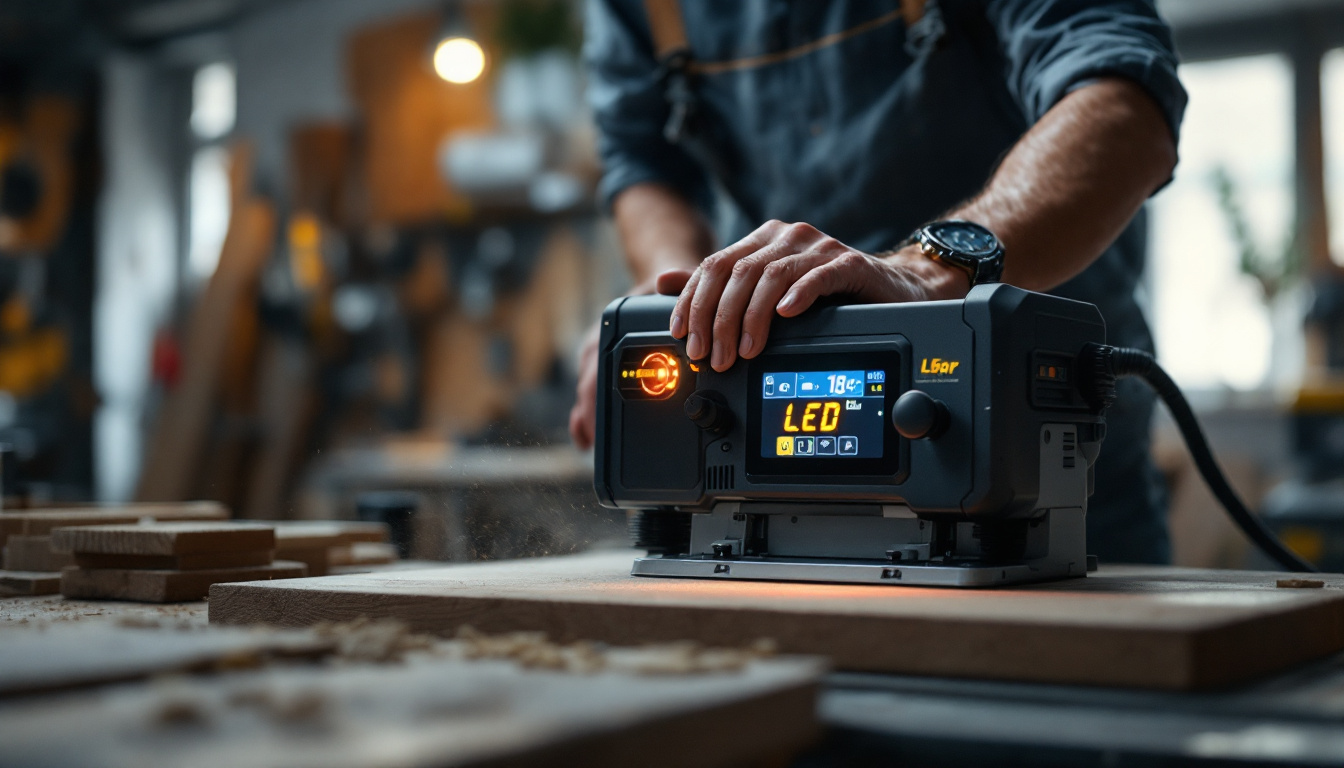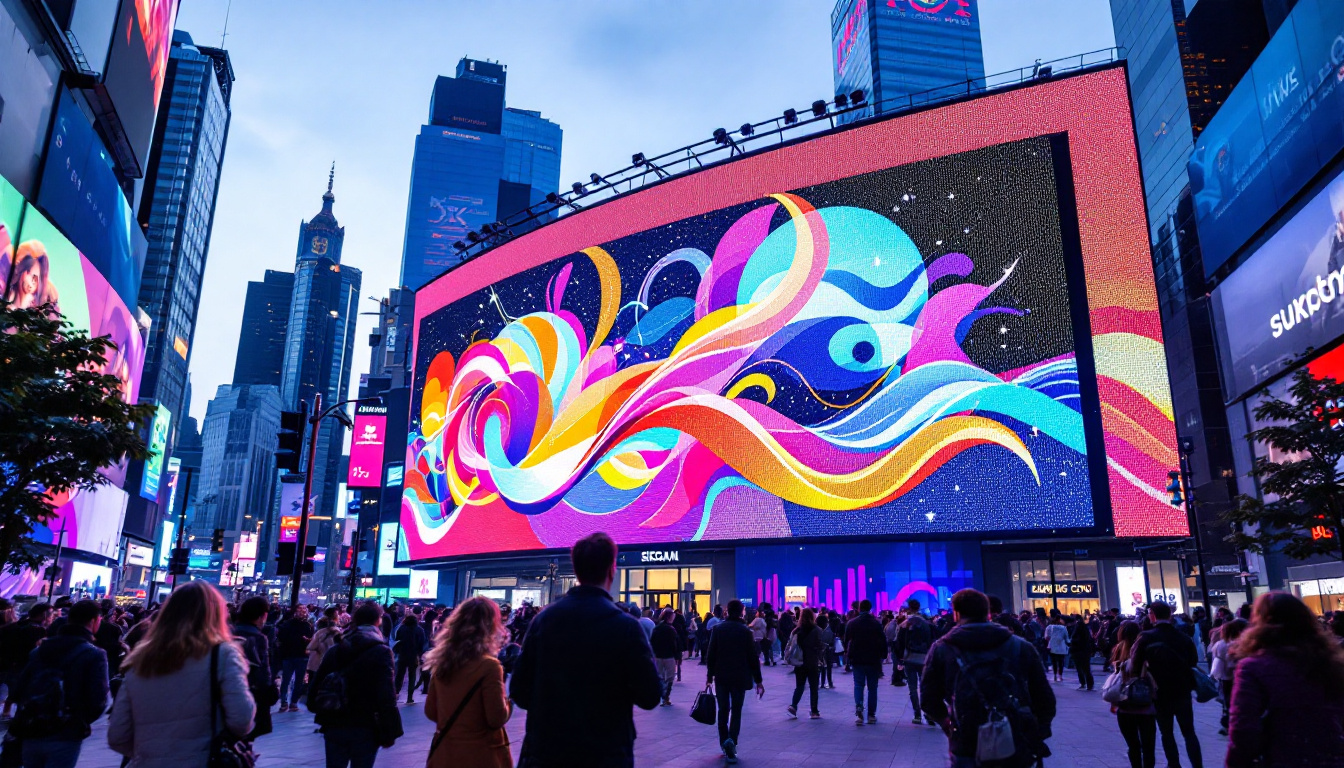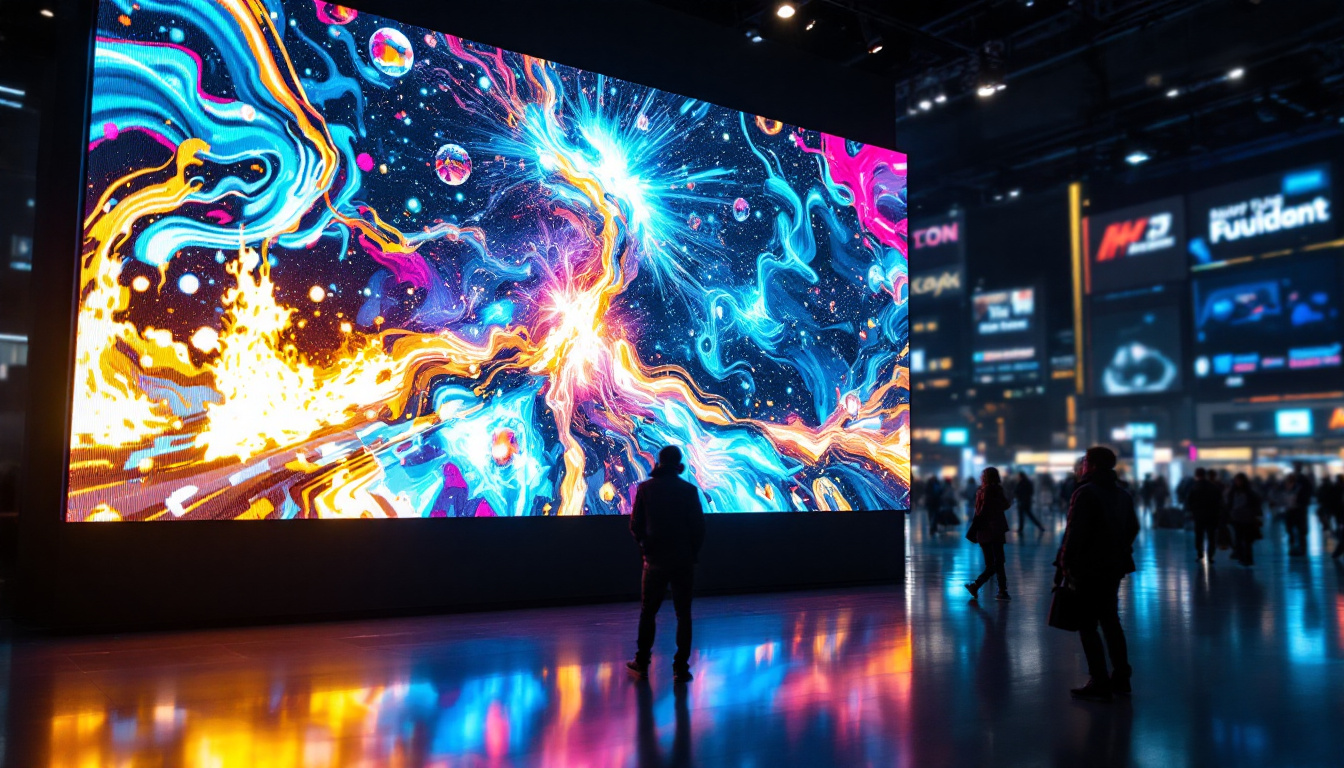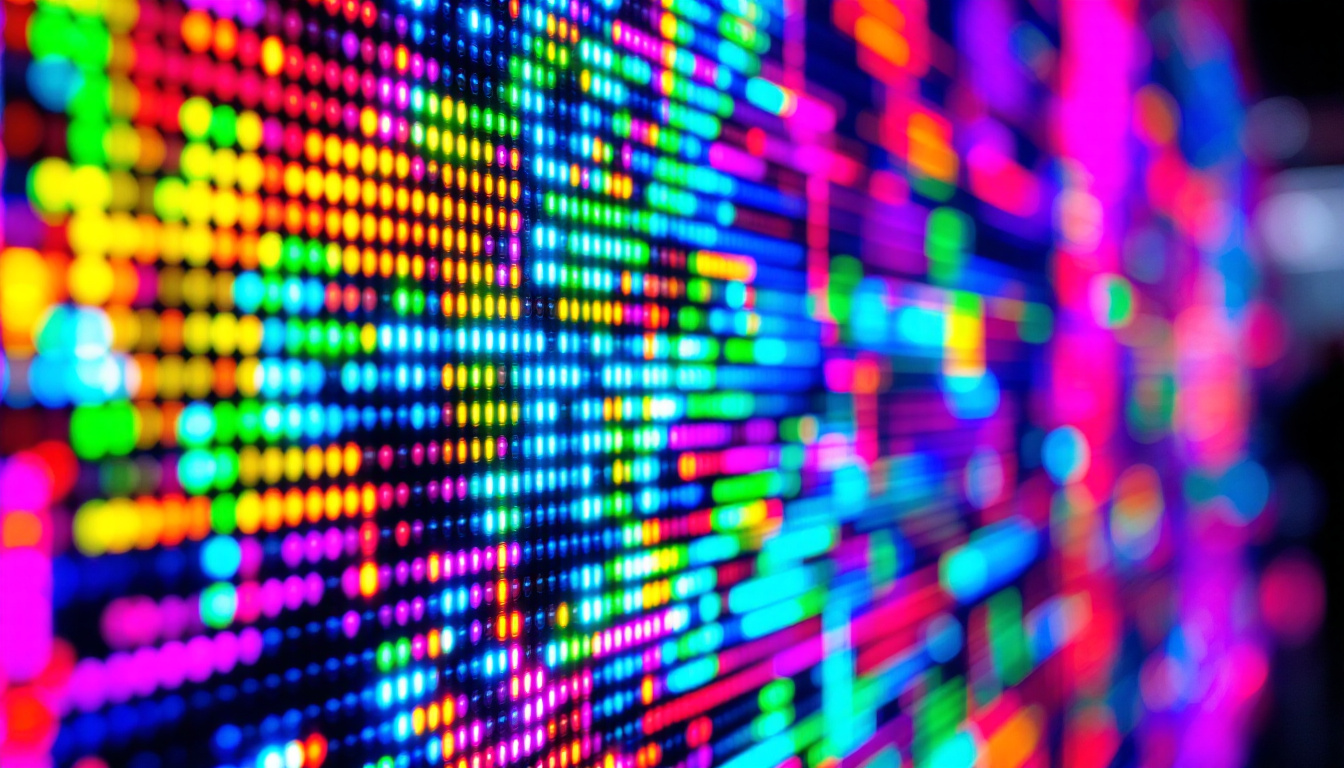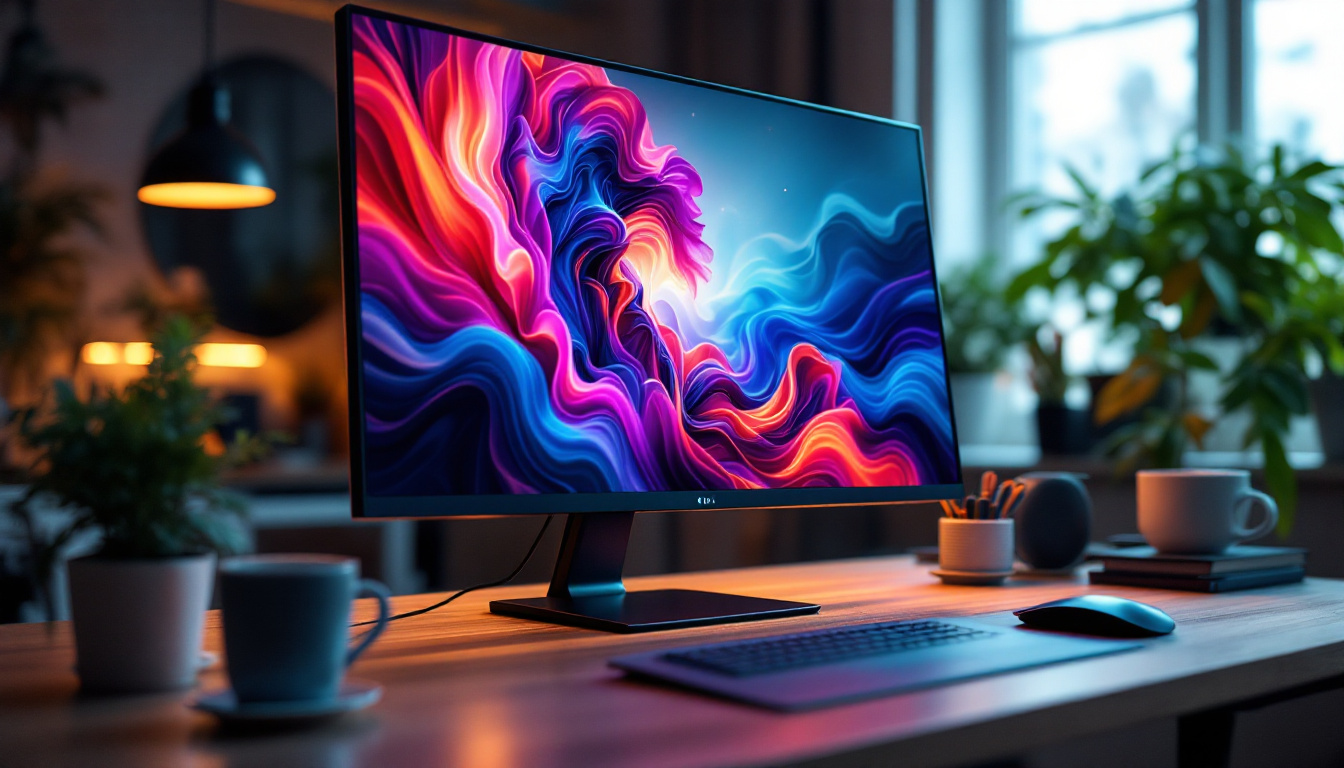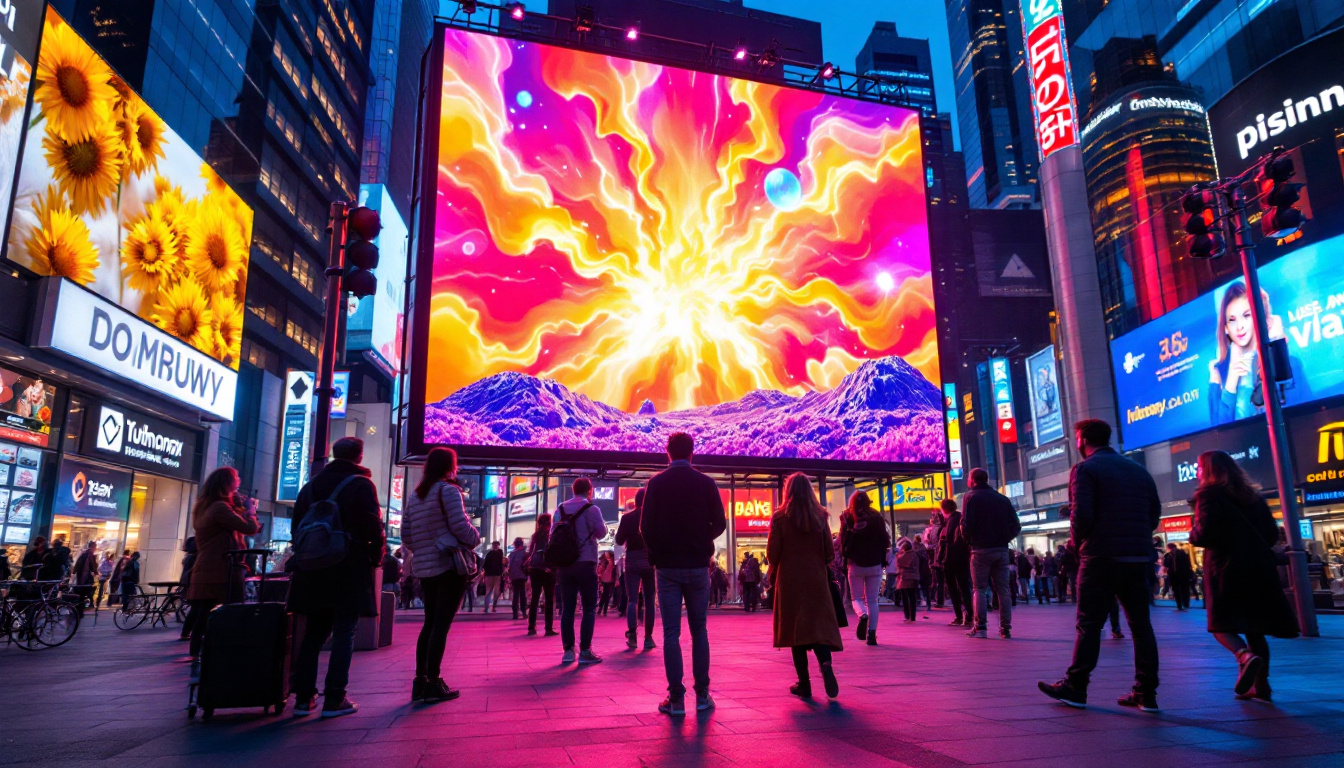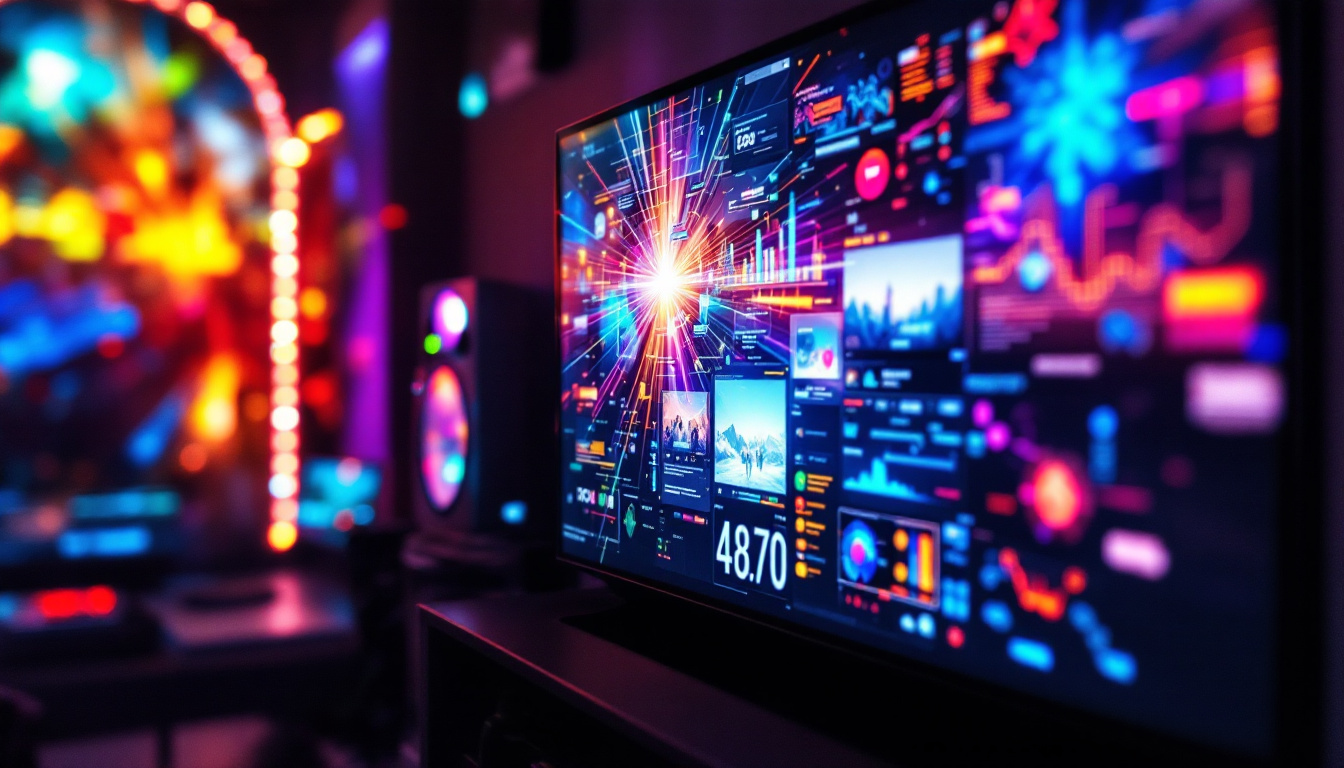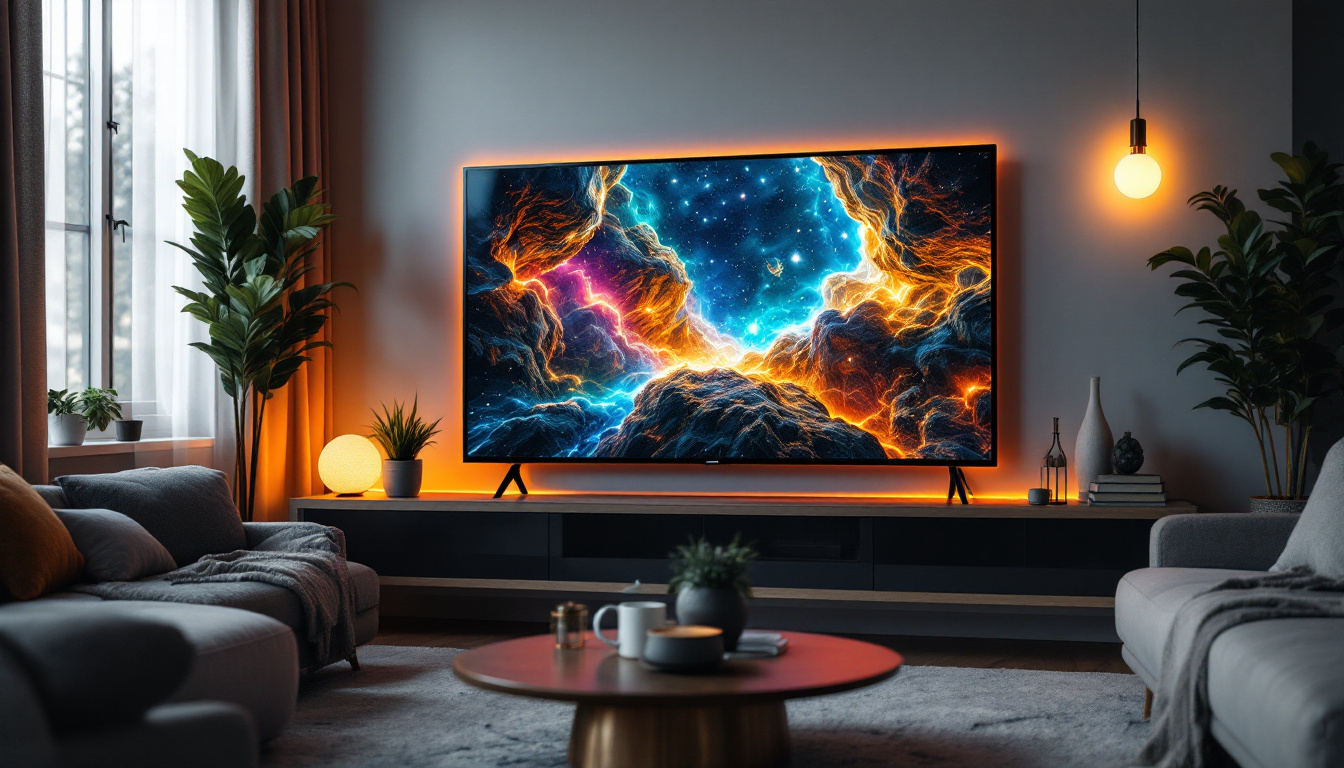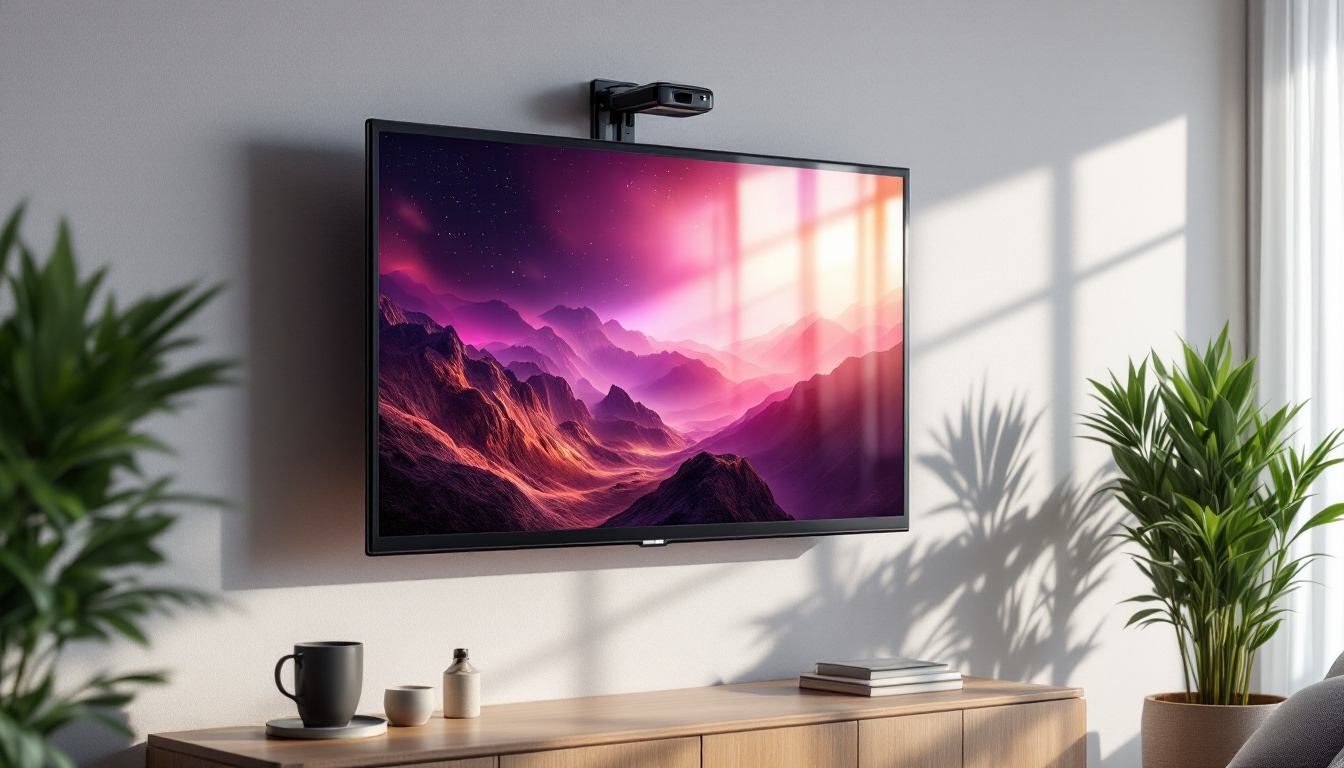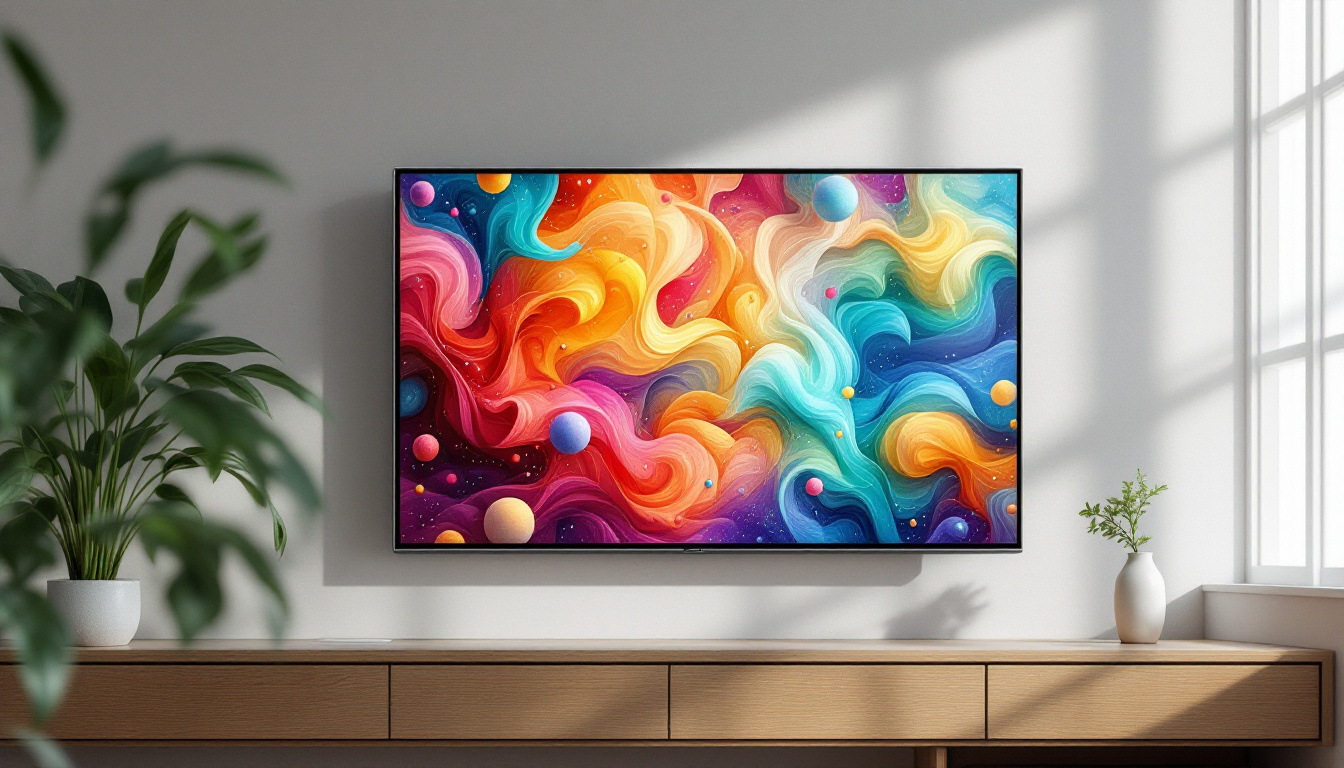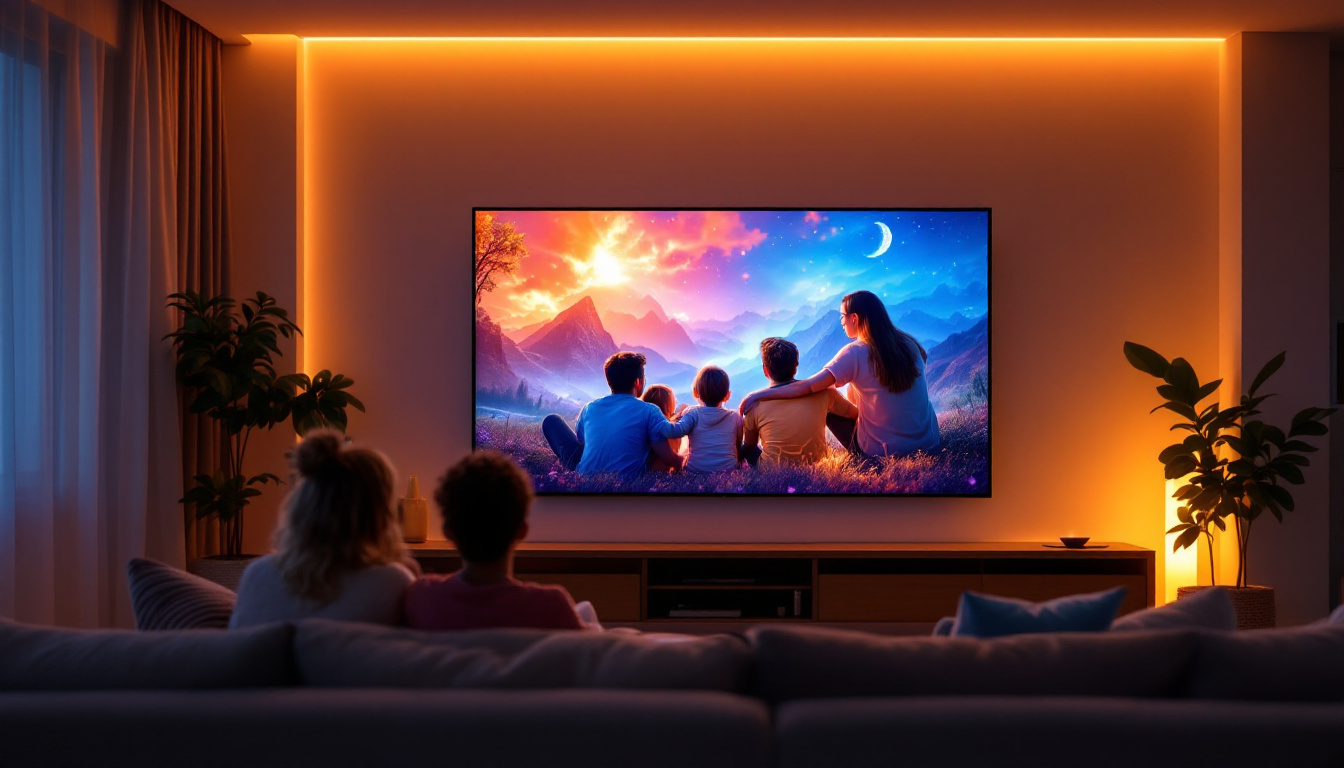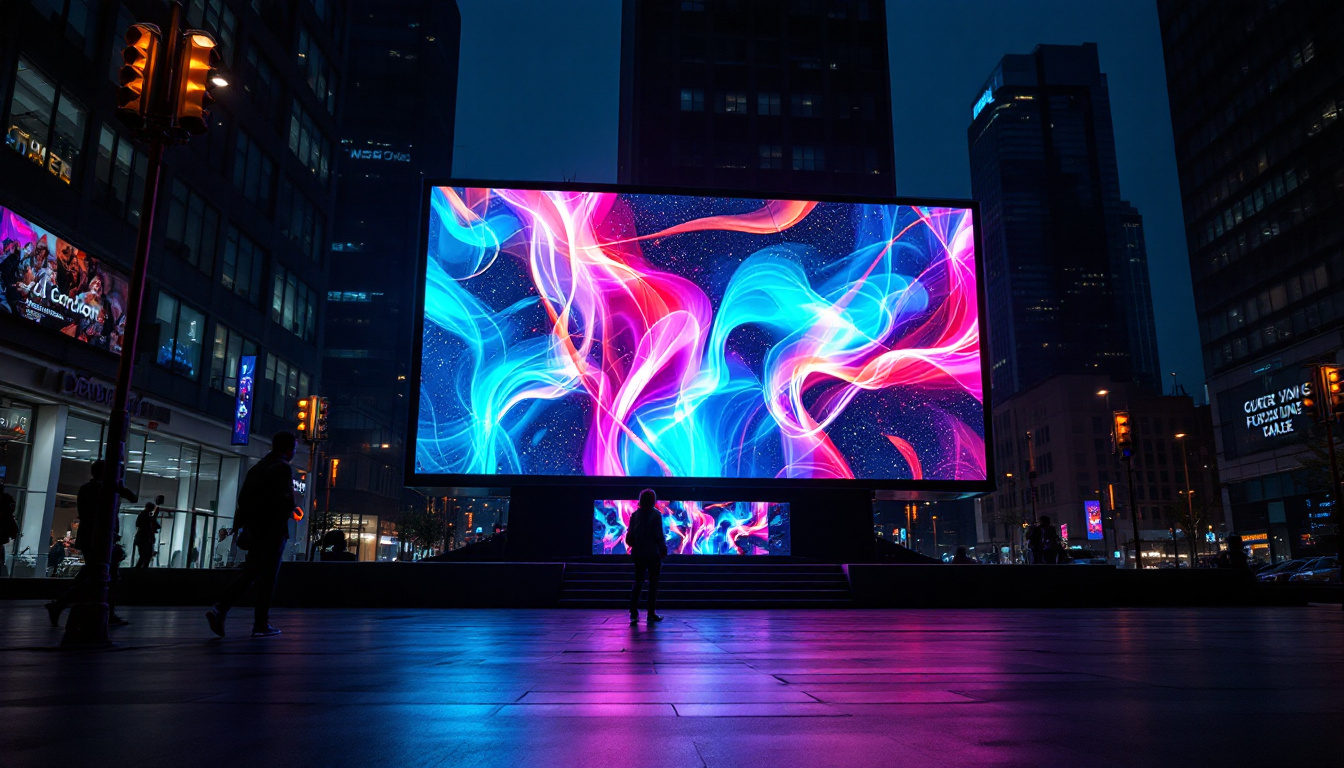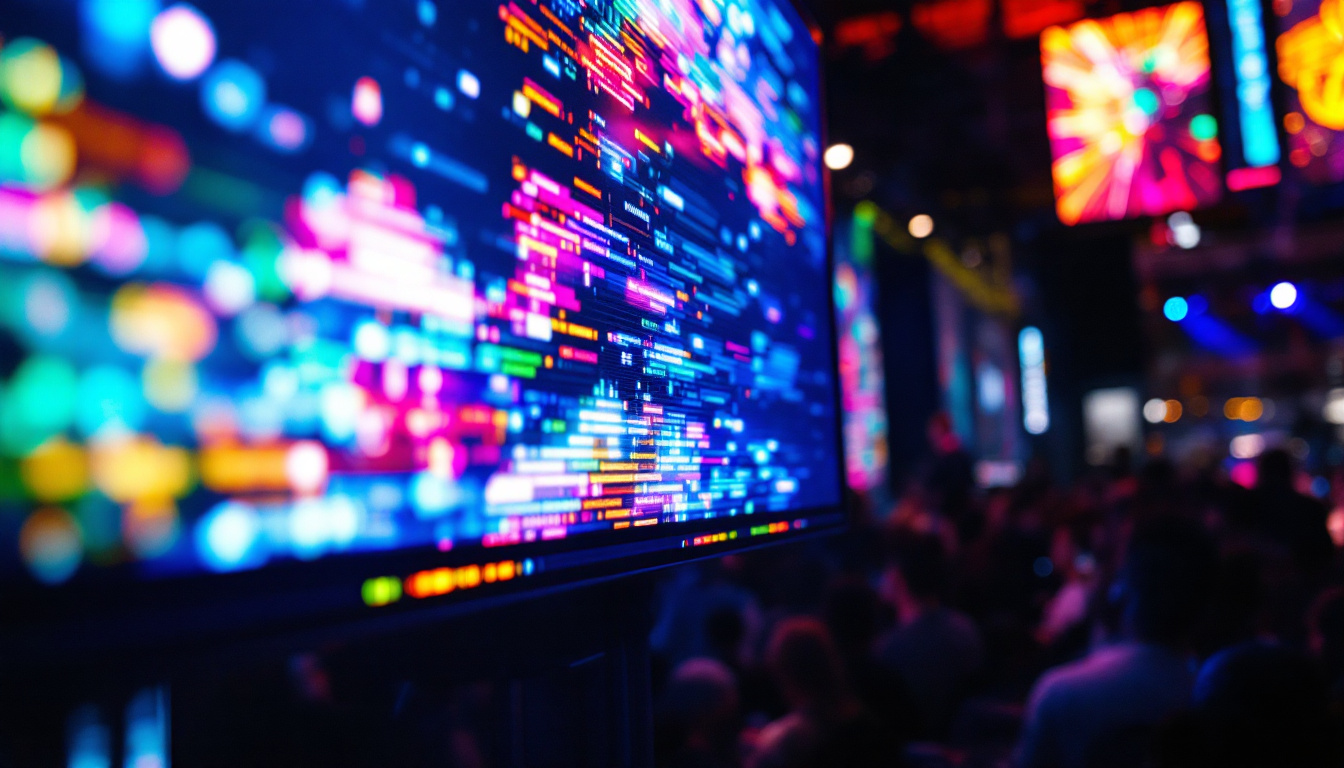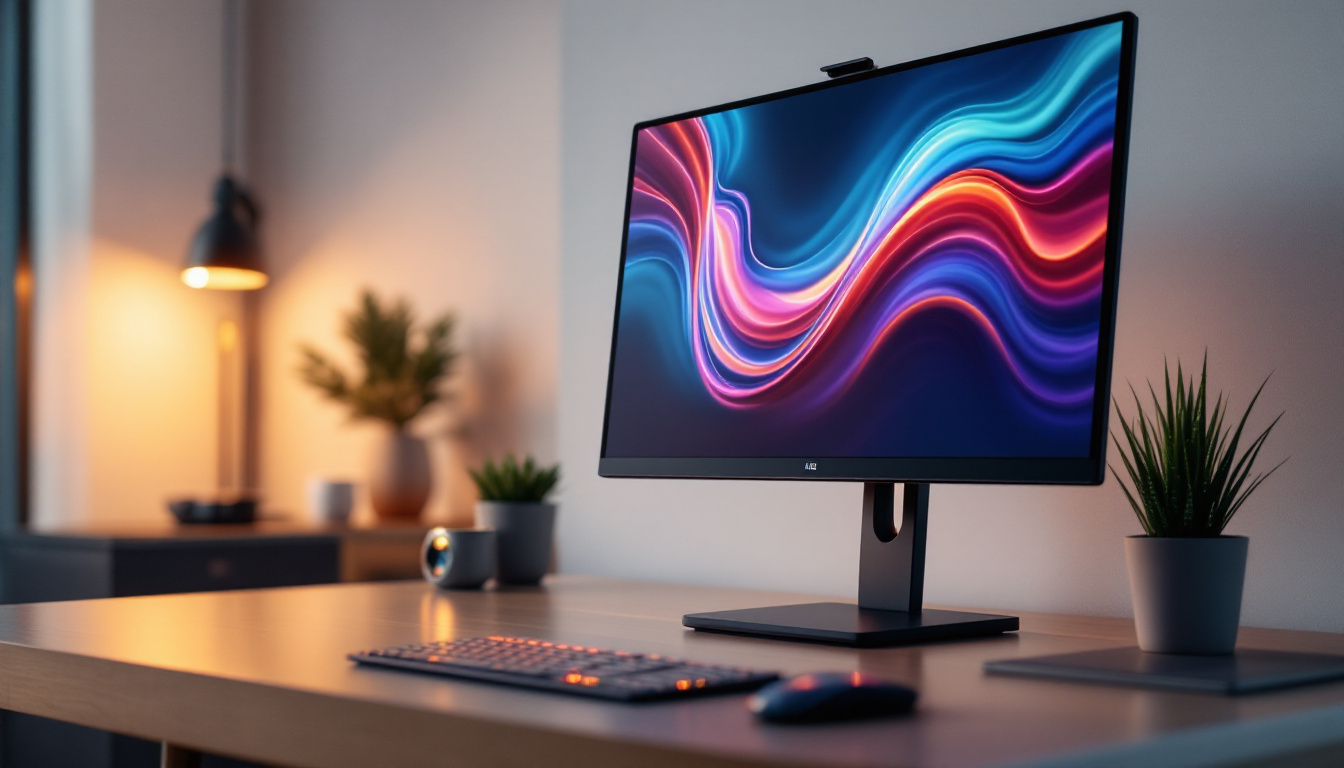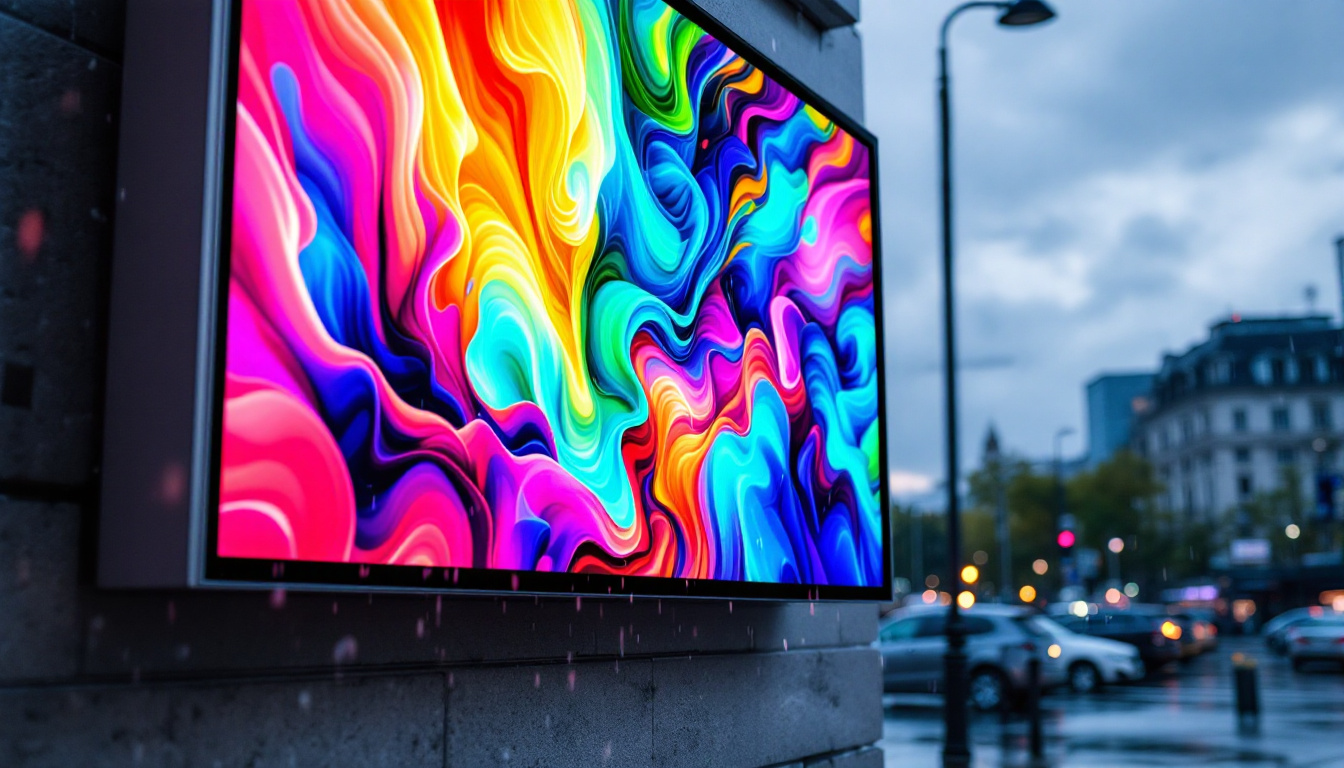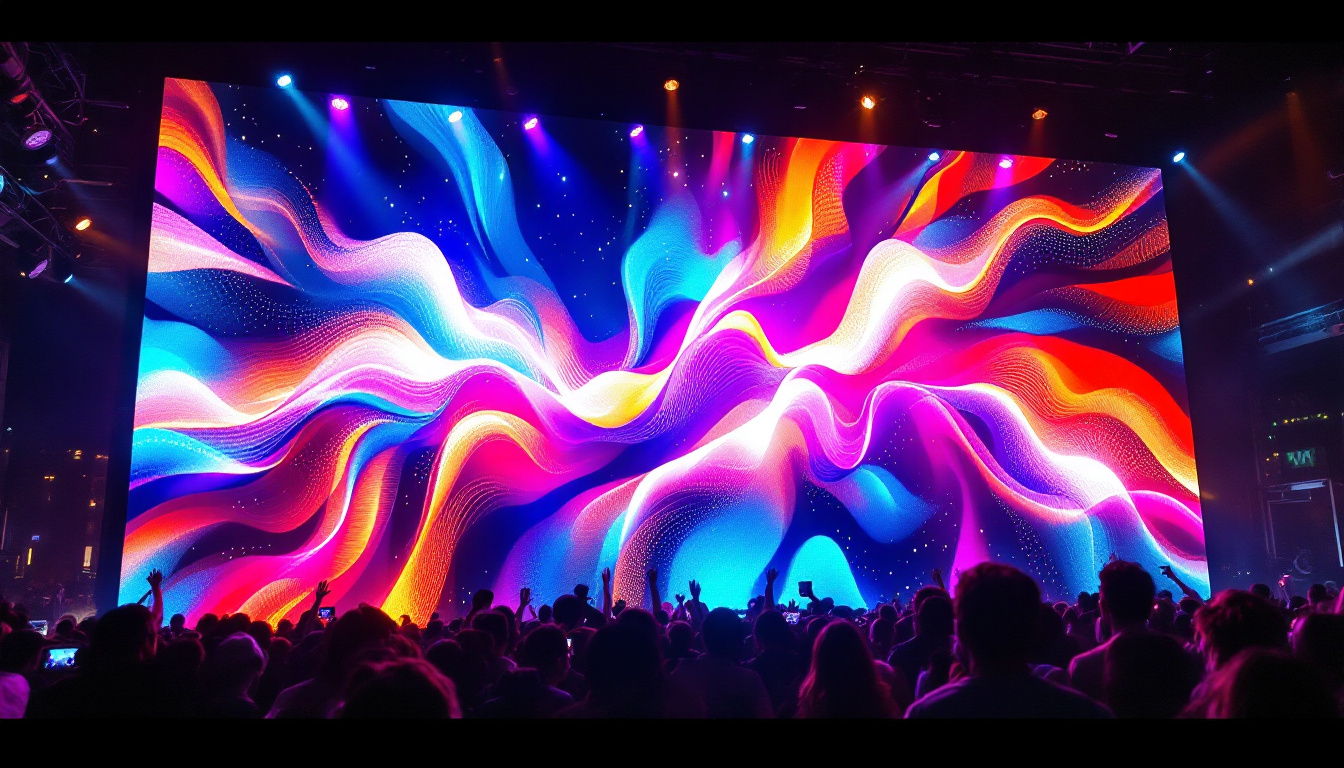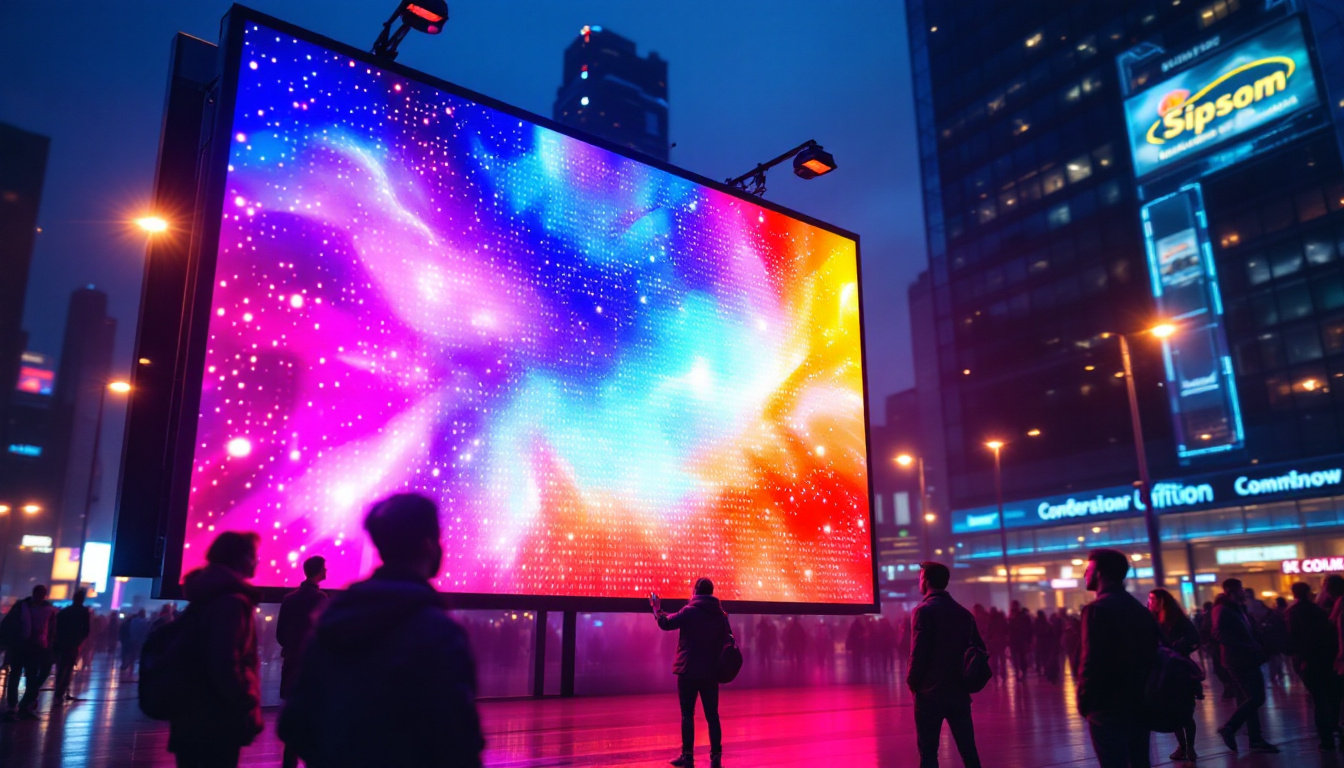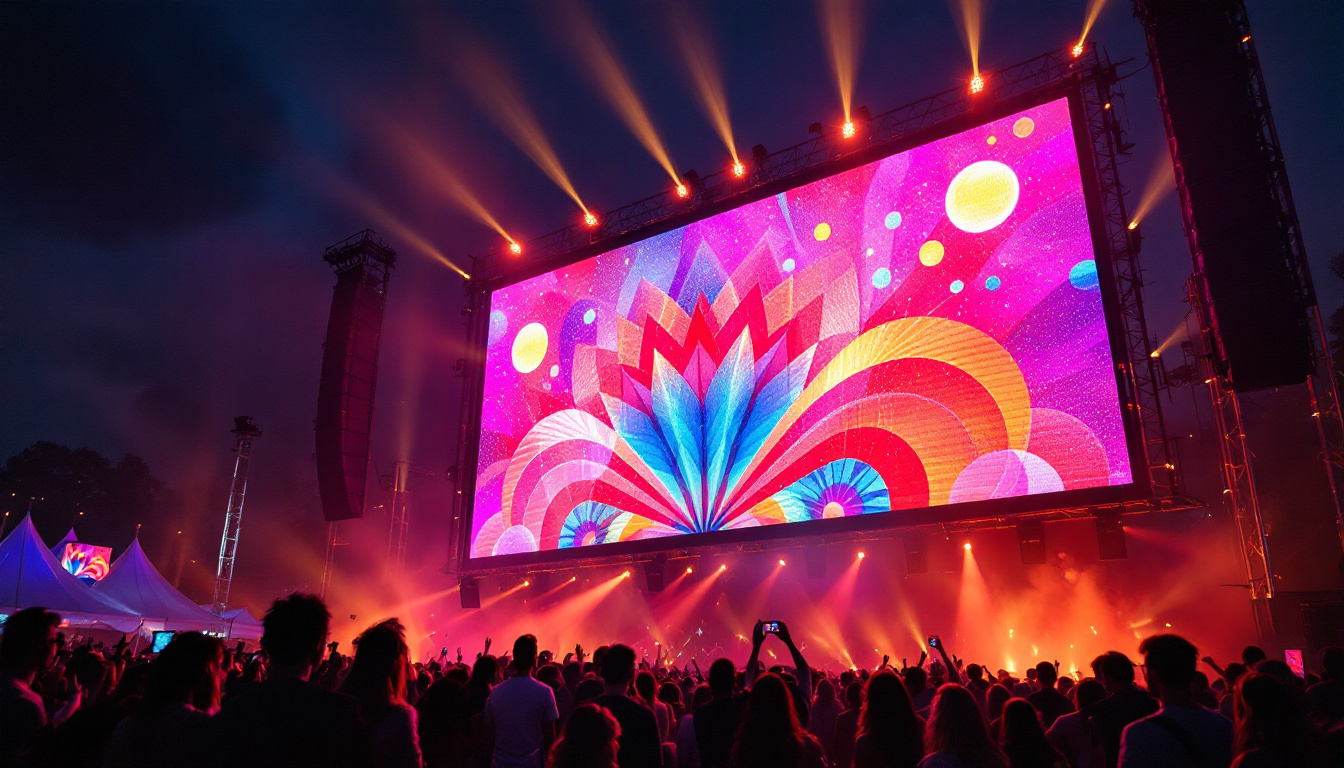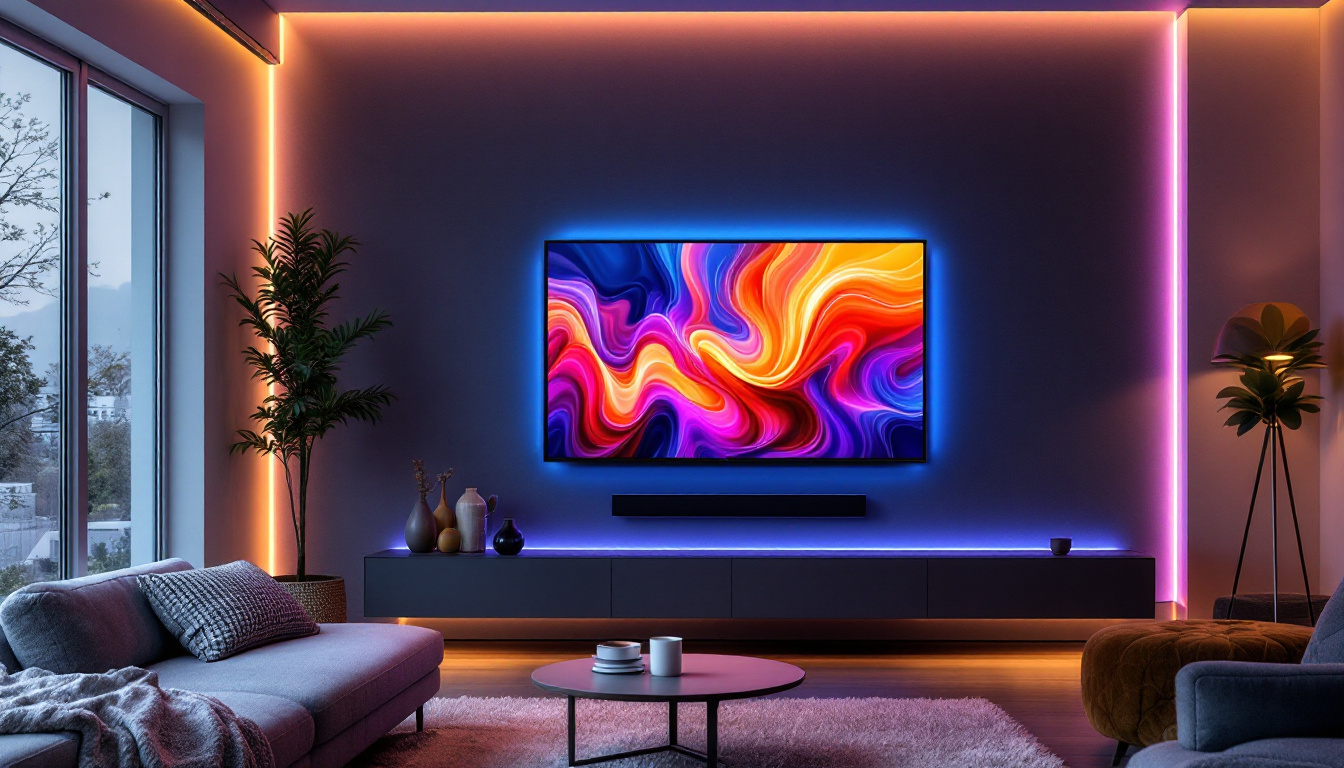The world of home entertainment has seen significant advancements over the years, with technologies evolving to provide viewers with an immersive experience. Among these advancements, HD LED projectors have emerged as a popular choice for both home and professional use. This article delves into the intricacies of LED display technology, exploring how it works, its advantages, and what to consider when choosing an HD LED projector.
Understanding LED Display Technology
LED, or Light Emitting Diode, technology has revolutionized the way images are projected. Unlike traditional projectors that rely on bulbs, LED projectors utilize semiconductor technology to produce light. This fundamental difference not only enhances the quality of the image but also extends the lifespan of the projector. With the ability to last up to 30,000 hours or more, LED projectors significantly reduce the frequency and cost of replacements, making them a more economical choice in the long run.
The Basics of LED Projection
At its core, an LED projector uses a combination of red, green, and blue LEDs to create a full-color spectrum. When these colors are mixed in varying intensities, they produce a wide array of hues, resulting in vibrant and dynamic images. This method of color production is often more efficient than traditional lamps, which can struggle to reproduce certain colors accurately. Furthermore, the compact size of LED components allows for more versatile projector designs, enabling manufacturers to create ultra-portable models that can be easily transported and set up in different environments.
Moreover, LED projectors typically feature a digital light processing (DLP) or liquid crystal display (LCD) system to manipulate the light generated by the LEDs. DLP projectors use micro-mirrors to reflect light, while LCD projectors utilize liquid crystals to filter and project the image. Both systems have their unique advantages, contributing to the overall performance of the projector. For instance, DLP projectors are known for their sharpness and smooth motion, making them particularly suitable for fast-paced video content, while LCD projectors excel in color reproduction, providing a more vivid viewing experience for static images and presentations.
Advantages of LED Technology
One of the standout features of LED projectors is their energy efficiency. LED lights consume significantly less power compared to traditional bulbs, making them a more environmentally friendly option. Additionally, they generate less heat, which can prolong the life of the projector and reduce the need for cooling systems. This not only contributes to quieter operation but also minimizes the risk of overheating, which can be a common issue with older projector technologies.
Another advantage is the exceptional color accuracy and brightness that LED projectors offer. The ability to produce deeper blacks and brighter whites enhances the overall viewing experience, making them ideal for various settings, from home theaters to business presentations. Furthermore, many LED projectors come equipped with advanced features such as built-in speakers, wireless connectivity, and smart technology integration, allowing users to stream content directly from their devices without the need for additional cables or adapters. This level of convenience and adaptability makes LED projectors a popular choice among tech-savvy consumers looking to enhance their multimedia experiences.
Choosing the Right HD LED Projector
When it comes to selecting an HD LED projector, several factors should be considered to ensure that the chosen model meets specific needs and preferences. Understanding these features can help in making an informed decision.
Resolution and Image Quality
Resolution is one of the most critical aspects of any projector. HD projectors typically offer a resolution of 1920×1080 pixels, which is suitable for most viewing experiences. However, for those seeking ultra-high-definition (UHD) quality, projectors with 4K resolution are also available. The higher the resolution, the sharper and more detailed the image will be, making it essential to consider the intended use of the projector.
Furthermore, image quality is influenced by factors such as contrast ratio and brightness. A higher contrast ratio allows for deeper blacks and more vibrant colors, while brightness is measured in lumens. A projector with a higher lumen rating will perform better in well-lit environments, ensuring that the image remains clear and visible. Additionally, some projectors come equipped with advanced technologies such as HDR (High Dynamic Range), which enhances color accuracy and expands the range of brightness, resulting in a more lifelike viewing experience. This is particularly beneficial for movie enthusiasts and gamers who desire immersive visuals.
Portability and Connectivity
Portability is another critical consideration, especially for those who plan to use the projector in multiple locations. Many HD LED projectors are designed to be lightweight and compact, making them easy to transport. Some models even come with built-in batteries, allowing for outdoor use without the need for a power source. This feature is particularly appealing for those who enjoy hosting movie nights under the stars or giving presentations in various settings.
Connectivity options are equally important. Most modern projectors offer a variety of input options, including HDMI, USB, and wireless connectivity. This versatility allows users to connect various devices, such as laptops, smartphones, and streaming devices, enhancing the projector’s functionality. Moreover, some projectors support screen mirroring and casting, enabling seamless sharing of content from mobile devices without the hassle of cables. This feature is especially useful in educational settings or during business meetings, where quick access to information can make a significant difference in productivity.
Applications of HD LED Projectors
HD LED projectors are versatile devices that can be used in a wide range of applications. From home entertainment to professional presentations, their adaptability makes them a valuable tool in various settings.
Home Theater Systems
For home theater enthusiasts, an HD LED projector can transform a living room into a cinematic experience. With the ability to project large images onto a screen or wall, viewers can enjoy movies, sports, and video games in stunning detail. The vibrant colors and high contrast ratios provided by LED technology enhance the overall viewing experience, making it feel as though one is in a movie theater.
Additionally, many projectors come equipped with features such as built-in speakers and smart capabilities, allowing users to stream content directly from popular services. This convenience eliminates the need for additional equipment, streamlining the home entertainment setup.
Business and Educational Use
In professional settings, HD LED projectors play a crucial role in presentations and meetings. Their ability to display clear and detailed images makes them ideal for showcasing data, graphics, and videos. Many businesses opt for LED projectors due to their reliability and low maintenance costs, as they do not require frequent bulb replacements.
In educational environments, these projectors facilitate interactive learning experiences. Teachers can use them to display lessons, educational videos, and interactive content, engaging students in a dynamic way. The portability of many models also allows for easy setup in different classrooms or locations.
Maintenance and Care for HD LED Projectors
To ensure longevity and optimal performance, proper maintenance of HD LED projectors is essential. Regular care can prevent issues that may arise over time, ensuring that the projector continues to deliver high-quality images.
Cleaning and Care
One of the most important aspects of projector maintenance is keeping the lens clean. Dust and debris can accumulate on the lens, affecting image quality. Using a microfiber cloth to gently wipe the lens can help maintain clarity. Additionally, the projector’s filters should be checked and cleaned regularly to prevent overheating and ensure proper airflow.
It is also advisable to keep the projector in a cool, dry place. Excessive heat and humidity can damage internal components and shorten the lifespan of the device. Investing in a protective case can also help safeguard the projector during transport.
Software Updates
Many HD LED projectors come with built-in software that may require periodic updates. These updates can improve performance, add new features, and enhance compatibility with various devices. Regularly checking for updates through the manufacturer’s website or the projector’s interface can help ensure that the device operates smoothly.
The Future of HD LED Projectors
The future of HD LED projectors looks promising as technology continues to advance. Innovations in LED technology, such as improved brightness and color accuracy, are expected to enhance the viewing experience further. Additionally, the integration of smart features, such as voice control and enhanced connectivity options, will likely become more prevalent.
Emerging Technologies
As the demand for high-quality visual experiences grows, manufacturers are exploring new technologies that could redefine the projector landscape. For instance, laser projectors are gaining popularity due to their ability to produce brighter images and longer lifespans compared to traditional LED models. These advancements may lead to a new generation of projectors that offer even greater performance and versatility.
Furthermore, the rise of virtual and augmented reality technologies may influence the design and functionality of projectors. As these immersive technologies become more mainstream, projectors may evolve to support new forms of content and interactive experiences.
Conclusion
HD LED projectors represent a significant leap forward in projection technology, offering users vibrant colors, energy efficiency, and versatility. Understanding the fundamentals of LED display technology, along with the various features and applications, can help individuals make informed decisions when selecting a projector. Whether for home entertainment, business presentations, or educational purposes, HD LED projectors are poised to enhance visual experiences for years to come.
As technology continues to evolve, staying informed about the latest advancements in projector technology will ensure that users can take full advantage of the capabilities these devices offer. With careful consideration and proper maintenance, an HD LED projector can provide an exceptional viewing experience that meets the demands of any setting.
Discover the Future of Visual Experience with LumenMatrix
Ready to elevate your visual experience with the latest in LED display technology? Look no further than LumenMatrix, a pioneer in crafting innovative LED display solutions that bring your content to life. Whether you’re looking to create an immersive home theater, captivate your audience in a business presentation, or engage students with interactive educational displays, LumenMatrix has you covered. From Indoor and Outdoor LED Wall Displays to Custom and All-in-One LED solutions, our products are designed to enhance engagement and convey your message with unparalleled clarity. Don’t miss out on the opportunity to transform your visual communication. Check out LumenMatrix LED Display Solutions today and step into a world where every pixel tells a story.





